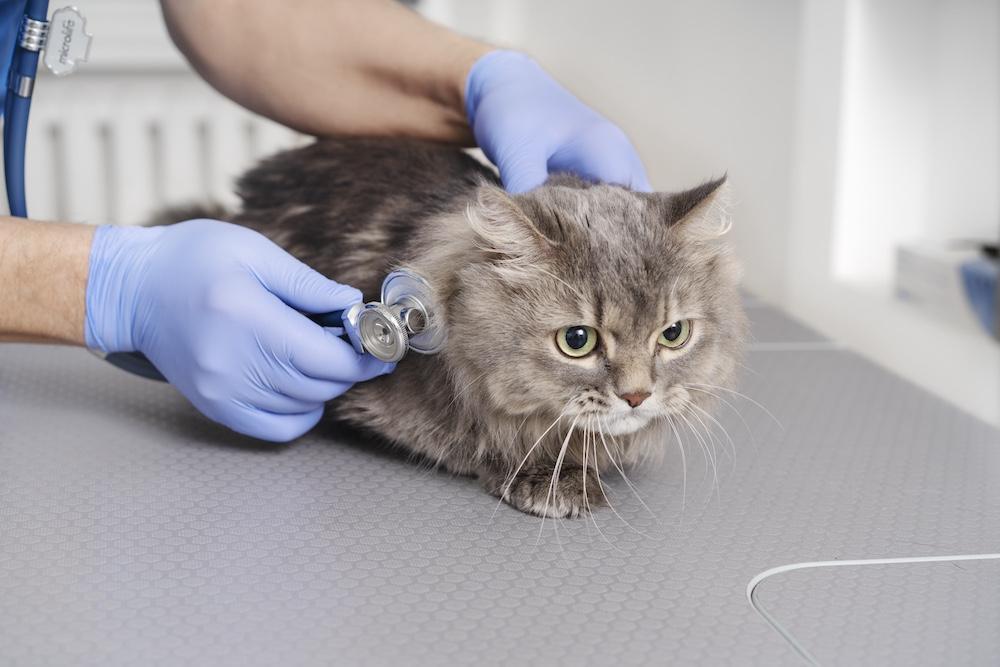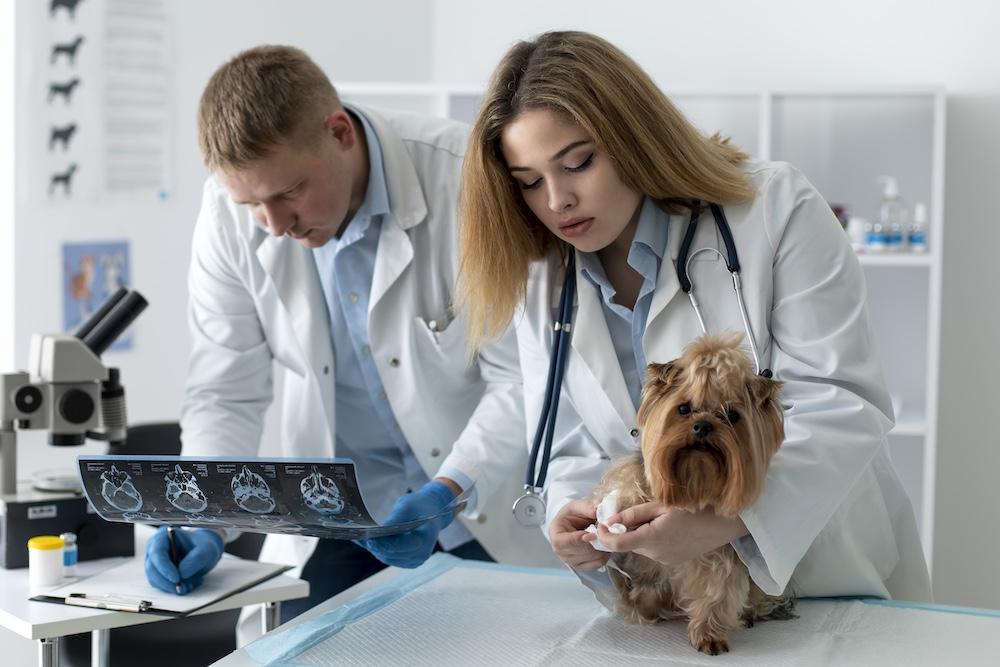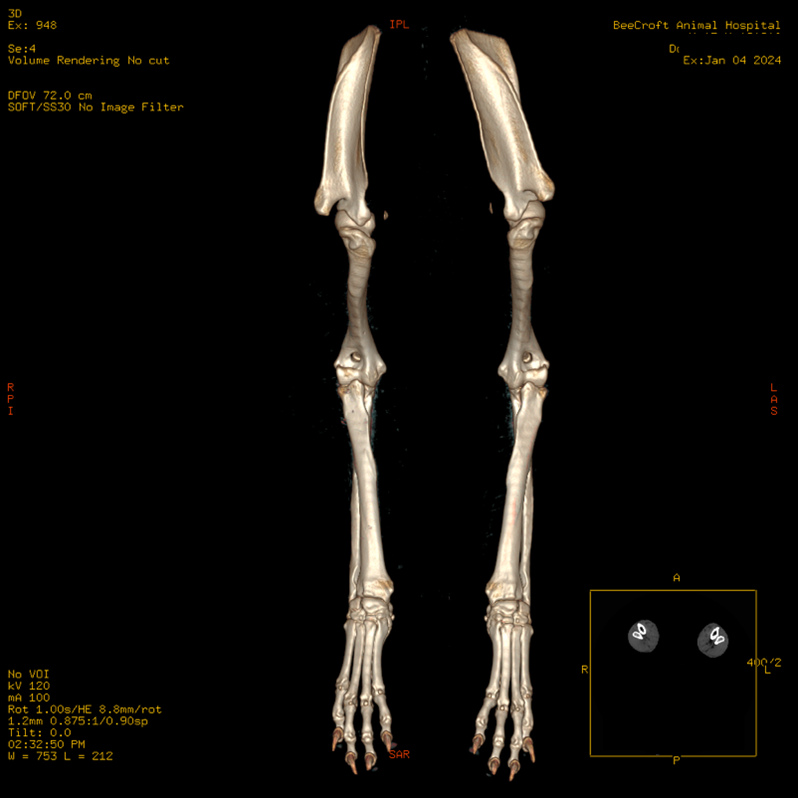The sudden illness or injury of a pet can be a distressing experience, filling any pet owner with anxiety and worry. In such critical moments, knowing exactly what to do can feel overwhelming. However, by being prepared and having a clear plan in place, you can improve the chances of a positive outcome for your cherished animal companion. This guide aims to provide you with essential information to recognise and respond effectively to a pet emergency confidently.
What Is Considered a Pet Emergency?
Pets, by their nature, often mask signs of discomfort or illness. This inherent stoicism stresses the importance of keen observation by owners. Vigilance in noticing even subtle deviations from your pet’s normal behaviour can be crucial in identifying a developing pet emergency care situation.
Subtle Signs
Seemingly minor alterations can be indicative of an underlying issue. These include:
- Changes in appetite, either a significant increase or decrease or altered water intake.
- Lethargy or a noticeable reduction in their usual activity levels.
- Hiding away or withdrawing from interaction.
- Changes in their typical urination or defecation habits.
- Restlessness, pacing without apparent reason, or increased agitation.
- New or increased vocalisation, such as excessive whining, howling, or meowing.
- Changes in their self-grooming habits, either neglecting it or overdoing it in certain areas.
- Unexplained fluctuations in weight, either a loss or gain.
Obvious Signs of an Emergency
Certain signs indicate a critical situation requiring immediate attention:
- Difficulty breathing, characterised by rapid, laboured breaths or excessive panting even at rest.
- Collapse or fainting episodes.
- Seizures or tremors.
- Uncontrolled bleeding from any orifice or wound.
- Pale or bluish gums or tongue, which can indicate poor circulation or oxygenation.
Situations That Require Immediate Veterinary Attention
Specific incidents and presentations necessitate prompt veterinary intervention:
-
- Trauma: Accidents such as falls from height (unfortunately not uncommon in Singapore’s high-rise environment), animal bites, or being struck by a vehicle.
- Toxin Ingestion: Exposure to common household toxins, such as certain cleaning products, insecticides, or even specific human medications.
- Changes in Vital Signs: Sudden and significant alterations in their body temperature, heart rate, or respiratory rate.
- Specific System-Related Issues:
-
- Eyes: Redness, swelling, discharge, squinting, or obvious pain.
- Urinary: Straining to urinate with little to no urine production, the presence of blood in the urine, increased frequency of urination, or a complete inability to urinate.
- Gastrointestinal: Repeated episodes of vomiting, persistent diarrhoea, a noticeable loss of appetite accompanied by other signs, signs of abdominal pain such as a hunched posture or guarding the abdomen, or significant abdominal bloating.

How to Prepare for a Pet Emergency in Singapore
So, what do you do when a pet emergency unfortunately occurs? To ensure you are as prepared as possible, we advise considering the following:
- Keep the contact information for your primary care veterinarian and an emergency vet in Singapore readily accessible on your phone and in a visible location at home.
- Assemble a basic pet first-aid kit.
- Explore pet insurance options available within Singapore to help manage unexpected veterinary costs.
- Discuss your emergency plans with pet sitters, family members, or anyone who may be caring for your pet in your absence.
- Be mindful of potential hazards in your HDB flat or surrounding neighbourhood that could pose a risk to your pet.
What to Do If Your Animal Is Having an Emergency?
In the event you suspect your animal is experiencing an emergency, remember these steps:
- Remain calm. Your composed demeanour will help you think clearly and act effectively.
- Immediately contact your primary care veterinarian or the nearest 24-hour animal hospital. They can provide immediate guidance.
- Safely transport your pet. Use a carrier for cats and a leash for dogs, ensuring their comfort and preventing further injury during transit. Be aware of transportation options, such as taxis or private hire vehicles that may accommodate pets.
- If you suspect poisoning, try to gather any information about the substance ingested, including the container or packaging.
- Bring a list of any current medications your pet is taking.
Navigating Critical Moments in Pet Health
Responding swiftly and appropriately during a pet emergency can offer the best chance for your beloved companion’s recovery. Therefore, as a pet owner, understanding what to do if your animal is having an emergency and ensuring you feel prepared are paramount.
When situations arise that necessitate specialised intervention, such as the need for critical care for pets, a trusted vet referral hospital like Beecroft, with its compassionate and expert team alongside advanced capabilities, plays a vital role in providing support for both your pet and your family during a stressful time. This collaborative approach to emergency care, working closely with your primary care veterinarian, aims to deliver comprehensive and seamless treatment, offering reassurance when you need it most.
We encourage all pet owners to proactively discuss emergency preparedness with their primary veterinarian and to inquire about specialist referral options, such as Beecroft Animal Specialist & Emergency Hospital, should the need for advanced care arise.





